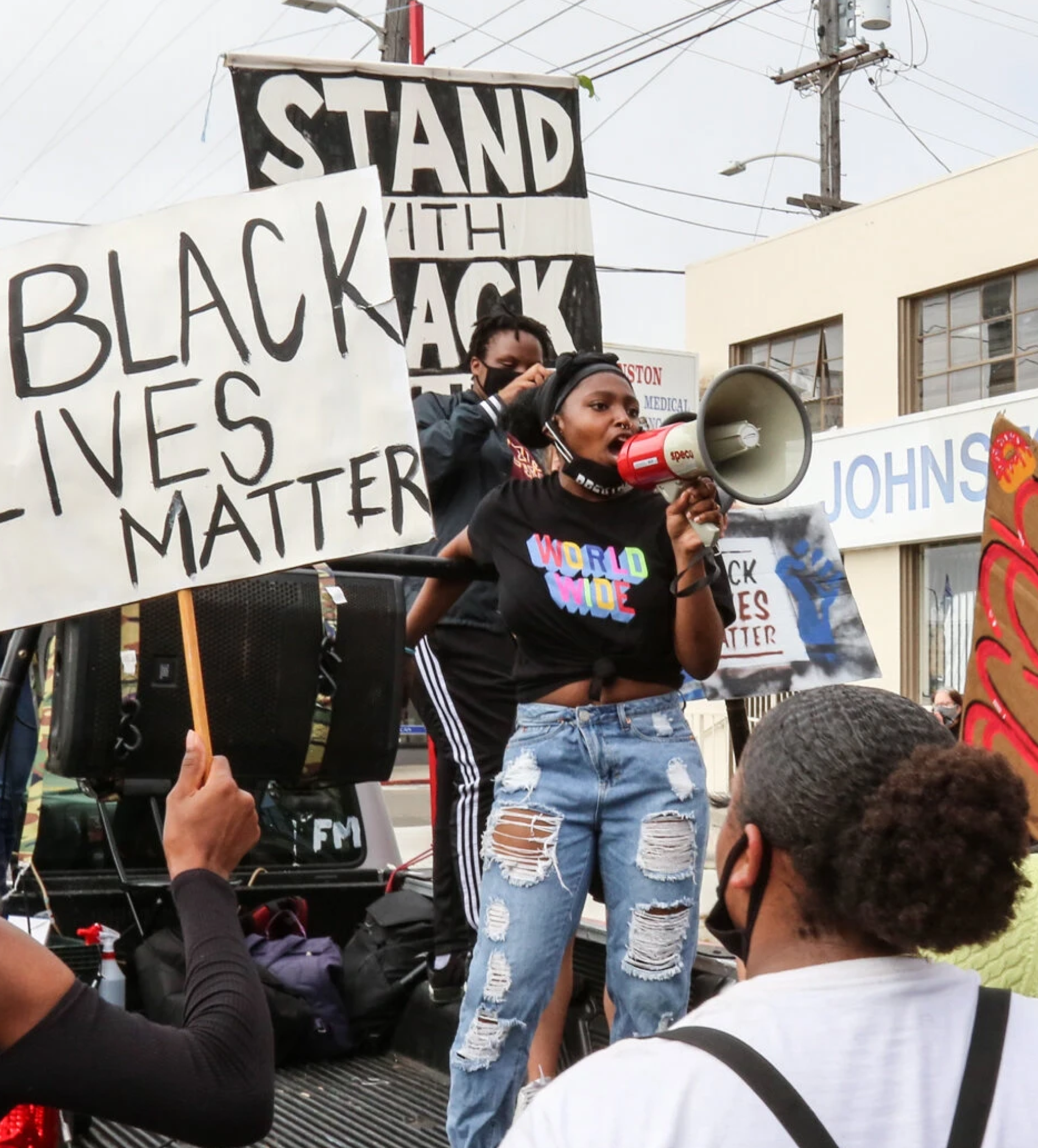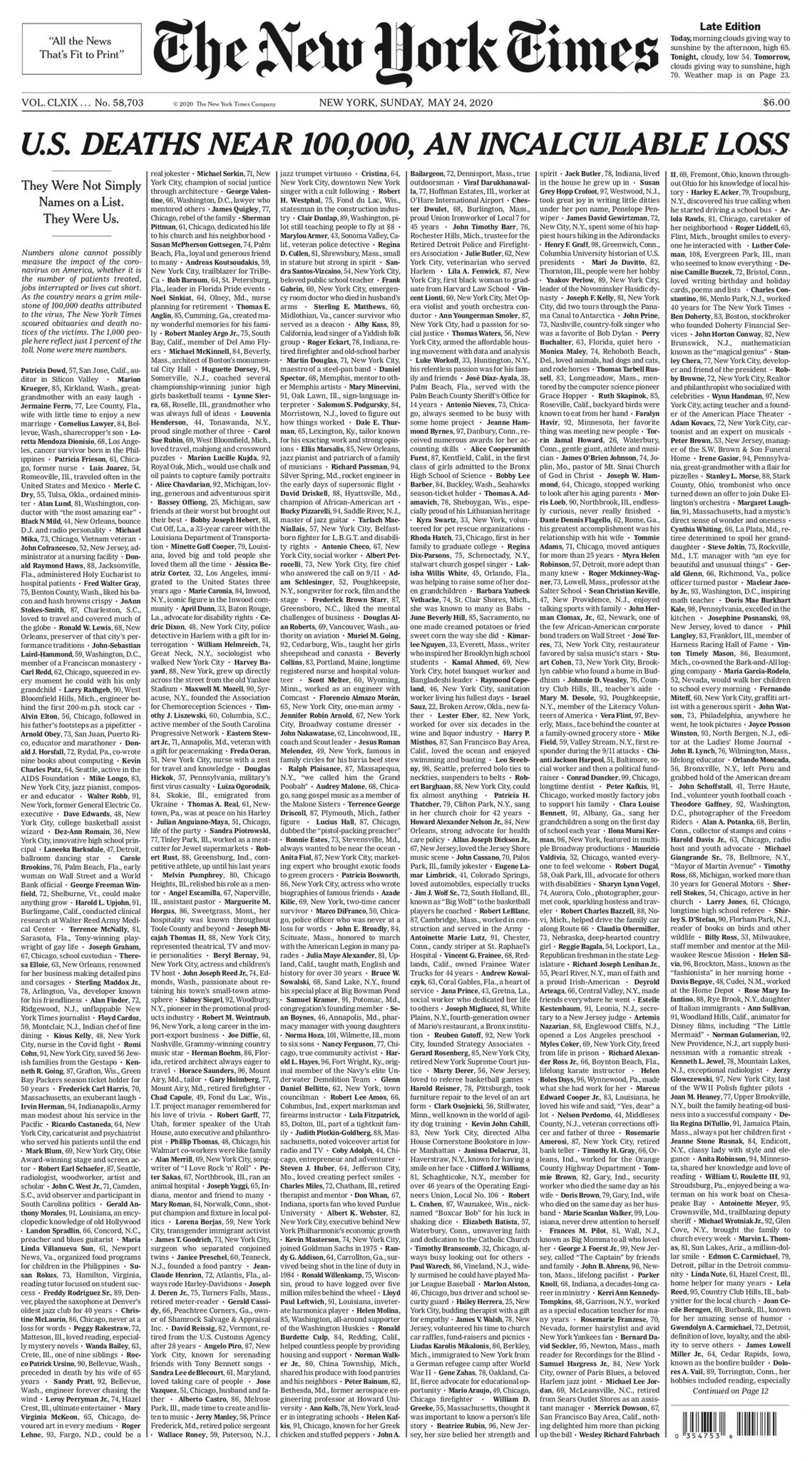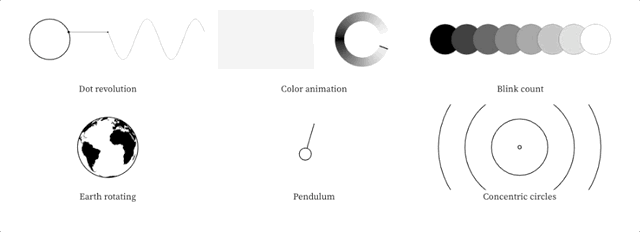The state of UX
design lessons
for 2021
Things are not ok. We are in the middle of a global pandemic that has taken the lives of more than a million people. Those of us who have been able to keep our jobs in the economic crisis have been working remotely, leaving us feeling isolated and struggling to remain productive while the world burns outside.
As if that wasn't enough, state violence against marginalized populations has escalated, while the gap between the rich and the poor has widened. Across the world, we are seeing the rise of authoritarian regimes fueled by the manipulation of truth and the dissemination of lies on social media.
Things are not ok.
In the six years we have been publishing this report, we have always challenged ourselves to discuss our industry beyond tactical visual trends or insular new technologies. In this edition, we decided to expand even further.
Not trends, but lessons. Lessons on how to make an impact beyond our products, how to collaborate beyond Zoom calls, how to organize ourselves beyond our bubbles, and how to improve our craft beyond artboards. Lessons from voices we still don’t hear as often in the design mainstream — but we should. Lessons that can help us all dive into 2021 a bit more prepared.

























